Origins to Personalization Trend
- What are the origins of greeting cards?
- How have greeting card designs evolved over time?
- What social impact do greeting cards have?
- Why are technological advancements significant for greeting cards?
- How do holiday associations influence the popularity of greeting cards?
- What is driving the trend towards personalized greeting cards?
Greeting cards have been a timeless way to express sentiments, but do you know their fascinating history? From ancient Chinese New Year's messages to the handmade valentines of the 18th century, greeting cards have evolved significantly. Uncover the captivating journey of how visiting cards and greeting cards became a cherished part of human connection.
Greeting Cards Origins
Ancient Civilizations
Greeting tokens in ancient Egypt date back to around 2000 BCE, where papyrus scrolls were exchanged with good wishes written on them. In early China, during the Han Dynasty (202 BCE - 220 CE), people sent paper greetings to convey goodwill for the New Year. Romans exchanged New Year salutations, often etched onto wax tablets.
The exchange of sentiments and good wishes through physical tokens has been a part of human culture since ancient times. For example, in ancient Egypt, people used to send each other small papyrus scrolls containing friendly messages or good wishes. Similarly, during the Han Dynasty in China and later in Rome, people exchanged paper greetings and New Year salutations as a way of conveying their goodwill towards one another.
European Beginnings
During medieval times, handmade cards adorned with lace and ribbons became popular across Europe as expressions of affection or friendship. The first printed European card is credited to Germany's Johannes Gutenberg who produced "Kunst" cards around 1400-1450. These were followed by woodcut illustrations carrying festive messages.
In medieval Europe, handmade greeting cards decorated with intricate lace and colorful ribbons gained popularity as means of expressing affection or camaraderie among individuals. Moreover, Johannes Gutenberg from Germany is recognized for creating the first printed European card known as "Kunst" cards around 1400-1450 AD which featured woodcut illustrations bearing celebratory messages.
Renaissance Influence
The influence of the Renaissance era saw Italy embracing courtly expressions through elaborate handcrafted notes featuring intricate designs and poetic verses. Meanwhile in France during this period, love missives conveyed romantic feelings using ornate calligraphy and delicate artwork. In England during Valentine's Day customs emerged wherein lovers expressed their affections through handwritten notes adorned with symbols like cupids and flowers.
Throughout history we see how different cultures have embraced various forms of greeting cards to express emotions such as love or friendship; for instance during the Italian Renaissance period elaborate handcrafted notes were created featuring intricate designs along with poetic verses while French love missives conveyed romantic feelings using ornate calligraphy paired with delicate artwork.
Design Evolution
Early Styles
During the Victorian era, design of greeting cards featured ornate and intricate styles. These cards were adorned with lace, fabric, and sometimes even hand-painted illustrations. Advancements in lithography allowed for more colorful and detailed designs to be printed on these early greeting cards. The introduction of embossing and die-cutting techniques brought a new dimension to card design, adding texture and depth.
The development of lithography made it possible to produce affordable colored images at a larger scale. This innovation transformed the look of greeting cards by allowing vibrant colors and intricate details to be reproduced with ease. For example, embossed floral patterns or die-cut shapes added an extra touch of elegance to the early styles of greeting cards.
Artistic Progression
As time progressed, artistic movements such as Art Nouveau began influencing designs on greeting cards. The graceful lines and natural motifs characteristic of Art Nouveau became prominent features in card artistry during this period. Moreover, the Golden Age of postcards saw an explosion in creative expression through visual arts on greetings sent through mail.
Artistic progression also embraced surrealism as a formative influence on greeting card artistry. Surrealist elements such as dreamlike imagery and unconventional compositions found their way into modern designs for greeting cards during this period.
Modern Trends
In more recent times, mass-produced Hallmark cards have become emblematic examples of modern designs for greetings exchanged during various occasions like birthdays or holidays. These contemporary designs often incorporate popular culture references that resonate with a wide audience while maintaining a sense of nostalgia or humor.
Furthermore, technological advancements have led to the rise of digital greeting card apps offering a plethora of innovative ways to convey sentiments through visually appealing electronic formats. With interactive features like animations and personalized messages, digital platforms have revolutionized the way people express their emotions through greetings.
Social Impact
Cultural Traditions
Greeting cards have played a significant role in various cultural traditions around the world. For instance, Indian Diwali greeting cards are exchanged during the festival of lights to convey good wishes and blessings to loved ones. Similarly, Japanese nengajo New Year cards are sent to family, friends, and colleagues as a way of expressing gratitude for their support throughout the year. Many African tribes have rich traditions of using visual symbols and messages on objects to communicate with one another.
These diverse cultural practices demonstrate how greeting cards have been an integral part of human communication across different societies and time periods. They offer unique insights into the values, beliefs, and customs that shape these communities.
Relationship Building
Greeting cards have long been recognized for their role in strengthening relationships among people. Whether it's celebrating joyous occasions or offering comfort during difficult times, these small tokens carry immense emotional significance. When someone receives a sympathy card after experiencing a loss or hardship, it can provide much-needed solace and reassurance that they are not alone in their sorrow.
Moreover, greeting cards play a pivotal role in celebrating life milestones such as birthdays, weddings, graduations, and anniversaries. They serve as tangible reminders of love and support from friends and family members during these special moments. This act of acknowledging important occasions through physical gestures fosters deeper connections between individuals.
Global Significance
Cross-Cultural Exchange
Greeting cards have a rich history, deeply intertwined with cross-cultural exchange. As different cultures interacted and traded, they also exchanged customs and traditions. The global adoption of greeting customs led to the fusion of diverse cultural elements in these cards. For example, the Chinese New Year card tradition has influenced the design and symbolism of Western New Year's cards. This fusion not only showcases shared values but also promotes understanding among nations.
The influence on international relations is profound as well. When countries exchange greeting cards or adopt each other's traditions, it can foster goodwill and strengthen diplomatic ties. For instance, when Japan adopted the custom of sending Christmas cards from Western culture, it symbolized an openness to embracing foreign practices. This act of reciprocity fosters mutual respect and understanding between nations.
The evolution of greeting card customs across borders demonstrates how diverse societies embrace similar gestures for expressing sentiments such as love, gratitude, or sympathy.
Worldwide Popularity
Greeting cards have achieved ubiquity in various cultures, reflecting their universal appeal in conveying emotions across language barriers. In Japan, exchanging "nengajo" (New Year's postcards) holds immense significance as people send them to friends and family to express good wishes for the upcoming year.
Moreover, these cards carry evolving meanings across nations; while red is often associated with luck in China and signifies prosperity during Lunar New Year celebrations on East Asian greeting cards; it represents love on Valentine’s Day greetings in Western culture.
The economic impact on global markets cannot be underestimated either; according to statistics from the Greeting Card Association (GCA), Americans purchase approximately 6.5 billion greeting cards each year - from birthdays to holidays - generating billions in revenue annually.
Technological Advancements
Printing Innovations
The history of greeting cards is closely intertwined with printing innovations. The invention of lithographic printing in the late 18th century revolutionized the way greeting cards were produced. This method allowed for mass production, making greeting cards more accessible to people from all walks of life. With advancements in color printing techniques, such as chromolithography, vibrant and intricate designs could be reproduced with stunning accuracy, adding a new dimension to the artistry of greeting cards.
The introduction of offset printing further streamlined the production process, enabling faster and more cost-effective creation of greeting cards. This technological leap paved the way for an explosion in creativity and design possibilities within the industry. As a result, people had access to a wider array of beautifully crafted greeting cards, each offering unique visual experiences that reflected various occasions and sentiments.
Digital Revolution
In recent decades, there has been a monumental shift in how greetings are exchanged due to the digital revolution. The emergence of e-cards reshaped traditional practices by offering quick and convenient ways to send heartfelt messages across distances. Social media platforms also became hubs for sharing greetings on special occasions, allowing individuals to connect and express themselves through virtual means.
Personalized digital platforms have further transformed how people engage with sending greetings. These platforms enable users to create custom-designed electronic greeting cards, tailored specifically for their recipients. By incorporating personal photos, messages, and even interactive elements like music or animations into these digital creations, individuals can convey their emotions in highly personalized ways that go beyond what traditional printed greeting cards can offer.
Economic Influence
Industry Growth
The history of greeting cards is intertwined with significant economic influence. Over the years, the greeting card industry has experienced exponential growth, evolving into a booming market. Initially limited to traditional occasions such as birthdays and holidays, the industry expanded into the gift market. Greeting cards are no longer just standalone items; they are often accompanied by small gifts like chocolates or flowers. This expansion has contributed to the industry's overall growth and profitability.
Furthermore, there has been a notable diversification of card themes within the industry. While traditional designs still hold their place in the market, contemporary themes have emerged to cater to diverse consumer preferences. Themes now range from humor and sarcasm to inclusivity and representation of various cultures and lifestyles. For example, greeting cards featuring same-sex couples or non-traditional family structures have become more prevalent.
The increased variety in themes reflects societal changes and demonstrates how the industry adapts to meet consumer demands for more personalized content.
Market Changes
In recent years, there has been a noticeable shift towards eco-friendly options within the greeting card market. Consumers are increasingly conscious of environmental impact and seek sustainable alternatives when purchasing greeting cards. As a result, many companies have responded by offering environmentally friendly materials such as recycled paper or biodegradable packaging for their products.
Moreover, customization and personalization trends have significantly influenced how consumers engage with greeting cards today. The rise of digital printing technology allows individuals to create custom-designed cards tailored specifically for their recipients. From adding personal photographs to incorporating individualized messages or inside jokes, this trend emphasizes unique expressions of sentiment through personalized greetings.
Online shopping has profoundly impacted the distribution channels for greeting cards. Consumers can now browse extensive collections online from various retailers without leaving their homes. This convenience factor has led many consumers to opt for digital platforms over traditional brick-and-mortar stores when purchasing greeting cards.
Holiday Associations
Christmas Cards
The history of greeting cards is closely tied to various holidays and special occasions.Christmas stands out as a significant influencer in the evolution of greeting cards. Originally, Christmas cards were simple gestures of seasonal goodwill, often handcrafted or personalized by individuals. Over time, these cards evolved into an art form, with intricate designs and heartfelt messages.
The evolution of Christmas card designs reflects the changing cultural and artistic trends over the years. From traditional religious motifs to modern illustrations depicting winter scenes or even humorous themes, Christmas cards have adapted to reflect the spirit of the times.
As commercialization took hold in society, so did the production and distribution of Christmas cards on a mass scale. The introduction of printing technology enabled easier reproduction and widespread availability. This led to an increase in variety and accessibility for consumers, making it simpler for people to express their sentiments during this festive season.
Valentine's Day
Valentine's Day has also played a pivotal role in shaping the history of greeting cards. The tradition began with romantic symbolism embedded within early valentines exchanged between lovers or admirers. These tokens often featured delicate craftsmanship such as lacework or intricate detailing.
Over time, Valentine's Day transformed from a personal expression of affection into a commercial holiday embraced by retailers seeking opportunities for sales through gifts like chocolates, flowers, and most notably – greeting cards.
Modern expressions on Valentine's Day are diverse; they range from sweet declarations of love to humorous greetings that cater not only to romantic partners but also friends and family members alike.
Contemporary Varieties
Printable Cards
In the contemporary era, greeting cards have evolved to include a wide array of options, catering to diverse consumer preferences. One notable advancement is the rise of DIY printable cards. These cards offer unparalleled convenience and cost-effectiveness for individuals who prefer a more personalized touch in their greetings. The availability of customizable templates for all occasions has revolutionized the way people express their sentiments.
Printable cards are gaining popularity due to their versatility and ease of access. They allow individuals to add a personal touch by incorporating unique designs or heartfelt messages before printing them out. This not only saves time but also offers an affordable alternative compared to traditional store-bought options.
The convenience and affordability associated with printable cards make them an attractive choice for many consumers, especially those who value creativity and customization in their greeting card choices.
Eco-Friendly Options
Another significant development in contemporary greeting card varieties is the growing emphasis on eco-friendly options. With increased environmental awareness, there has been a surge in demand for sustainable materials and production methods within the greeting card industry.
The use of recycled paper for creating greeting cards has gained traction as consumers seek environmentally responsible alternatives. Biodegradable and plantable card options have emerged as innovative solutions that align with sustainable practices.
These eco-friendly alternatives not only cater to environmentally conscious individuals but also contribute towards reducing the ecological footprint associated with traditional greeting card production processes.
Personalization Trend
Custom Greetings
Greeting cards have evolved beyond generic messages to customized expressions of individuality. People now have the option to create personalized photo cards that reflect their unique experiences and memories. This allows them to share special moments with loved ones in a more meaningful way. The art of handwritten messages and calligraphy has made a comeback, adding a personal touch that digital communication cannot replicate. These personalized greetings enable senders to convey their emotions in an authentic and heartfelt manner.
The act of tailoring designs for individual recipients has become increasingly popular. For instance, individuals can choose or create greeting cards based on the recipient's interests, hobbies, or favorite colors. This level of customization ensures that the recipient feels truly seen and appreciated.
Sentiment Expression
The shift towards personalized greetings is not merely about aesthetics; it's also about effectively conveying emotions through these thoughtful gestures. Studies have shown that expressing sentiments through greeting cards can positively impact one's mental well-being by fostering feelings of connection and belonging.
This trend represents an enduring tradition of heartfelt connections between people despite technological advancements. In today's fast-paced world, where digital communication often dominates daily interactions, taking the time to select or craft a personalized greeting card demonstrates genuine care and consideration for others' feelings.
Summary
You've journeyed through the fascinating history, design evolution, and global significance of greeting cards. From their humble origins to the modern personalization trend, greeting cards have woven themselves into the fabric of human connection. Their social impact, economic influence, and technological advancements showcase their enduring relevance in our lives.
As you continue to celebrate special occasions and connect with loved ones, take a moment to appreciate the artistry and thoughtfulness behind each greeting card. Whether it's a holiday association or a contemporary variety, these cards hold the power to convey emotions in ways that transcend mere words. Embrace the tradition while exploring the endless possibilities of personalization in this digital age. Keep spreading joy and love, one heartfelt card at a time.
Frequently Asked Questions
What are the origins of greeting cards?
Greeting cards have ancient roots, with early examples traced back to ancient China and Egypt. In the 15th century, handmade paper greetings became popular in Europe.
How have greeting card designs evolved over time?
From simple handcrafted creations to intricate printed designs, greeting card aesthetics have undergone a remarkable evolution. Today's cards feature diverse styles, from minimalist to elaborate artistic expressions.
What social impact do greeting cards have?
Greeting cards foster emotional connections by conveying sentiments that words alone may not capture. They serve as tangible expressions of care and thoughtfulness in an increasingly digital world.
Why are technological advancements significant for greeting cards?
Technological innovations have revolutionized the production and personalization of greeting cards. Digital printing techniques enable customized designs and faster turnaround times.
How do special holidays and different occasions influence the popularity of greeting cards?
Holidays provide occasions for people to exchange greetings, making them key drivers of the demand for specific types of greeting cards throughout the year.
What is driving the trend towards personalized greeting cards?
The desire for unique and meaningful communication has fueled a growing trend toward personalized greetings. Customization options allow individuals to add a personal touch to their messages.








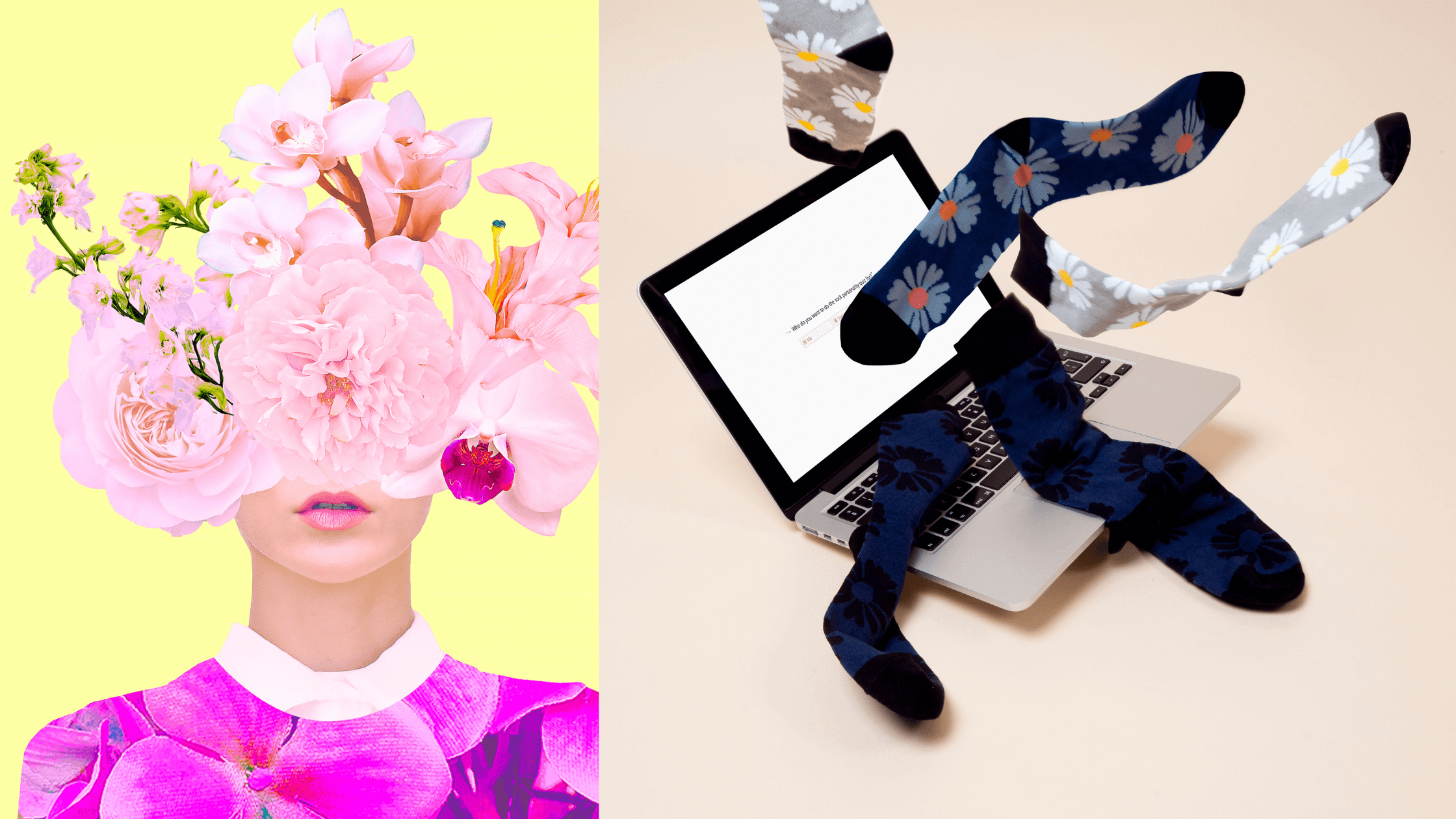




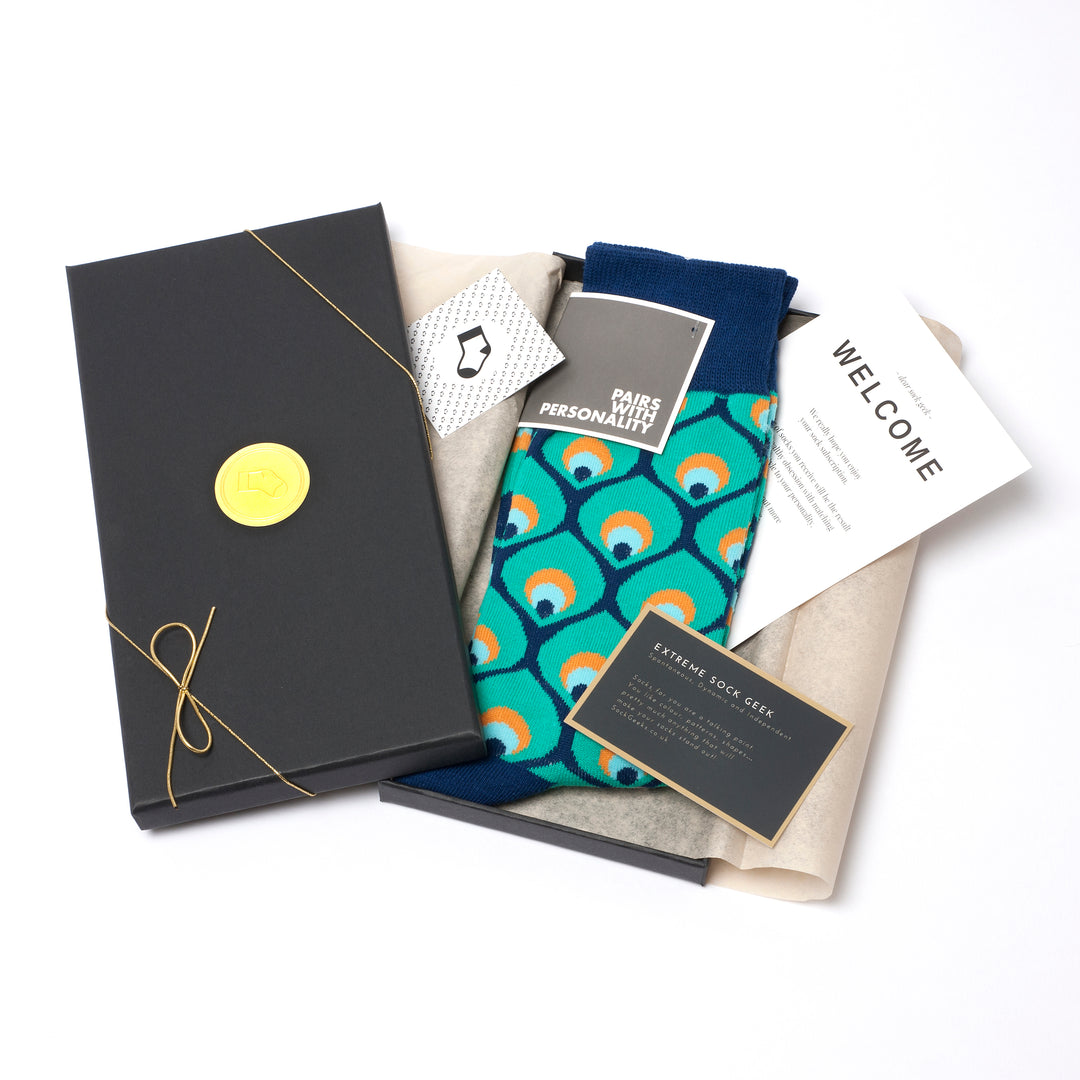
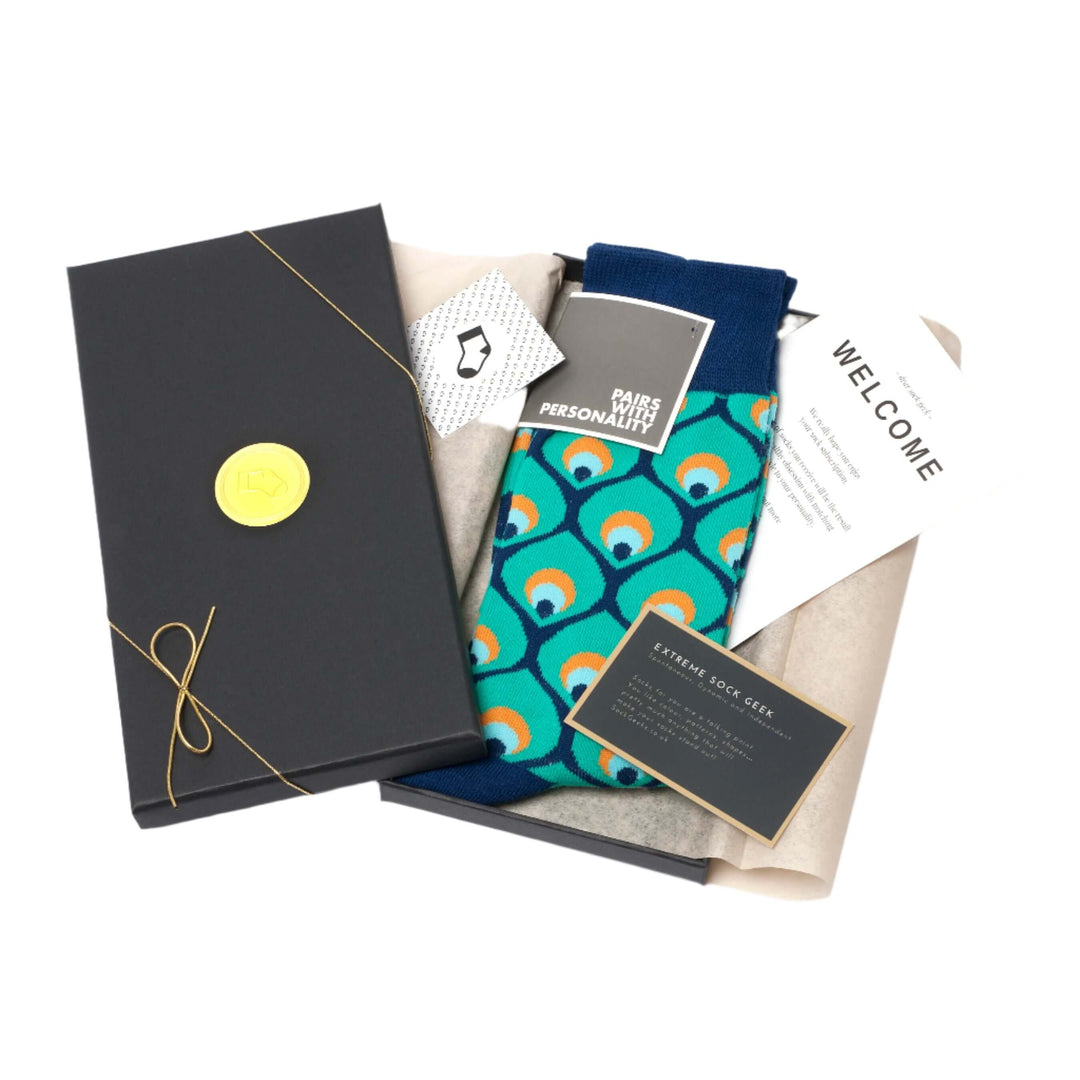
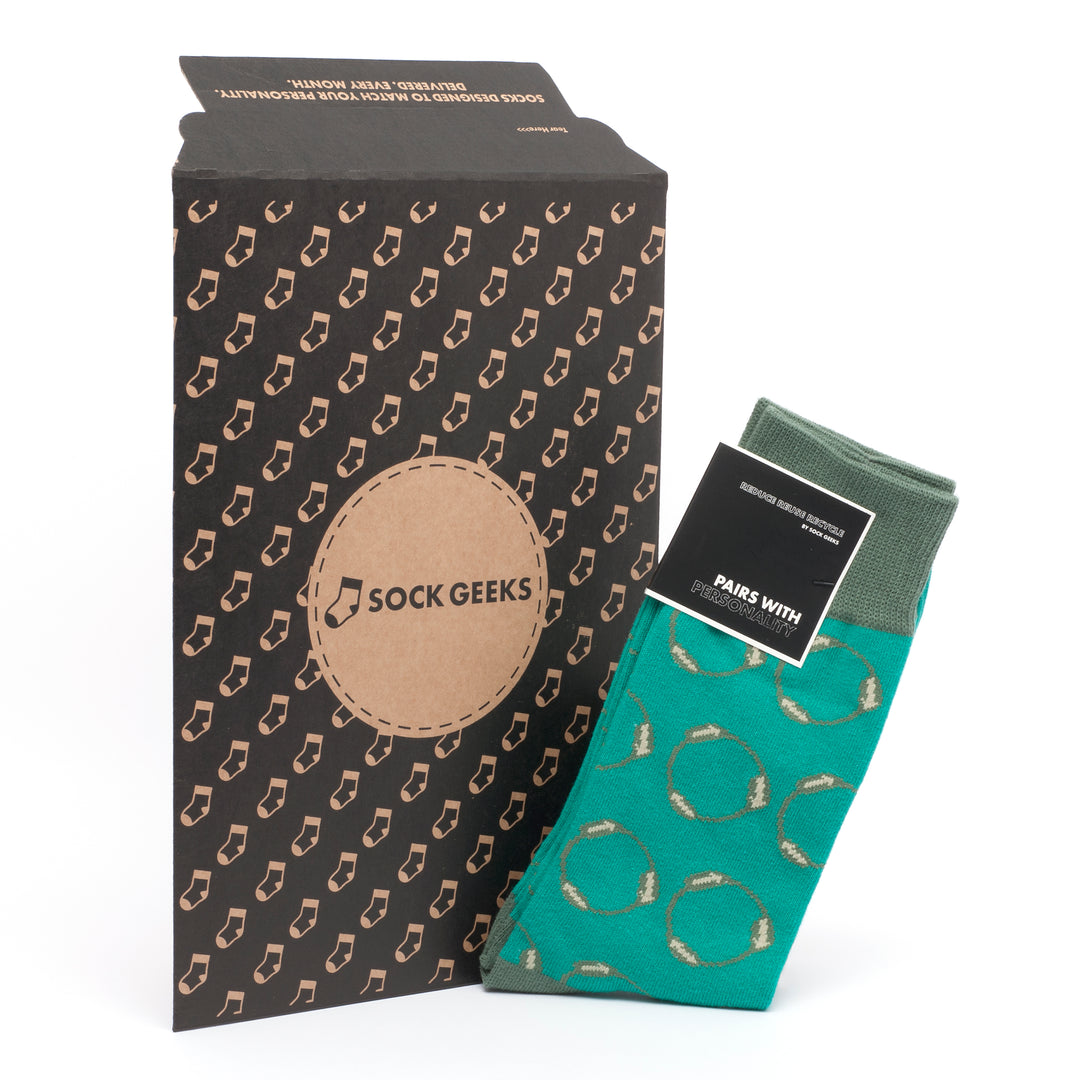
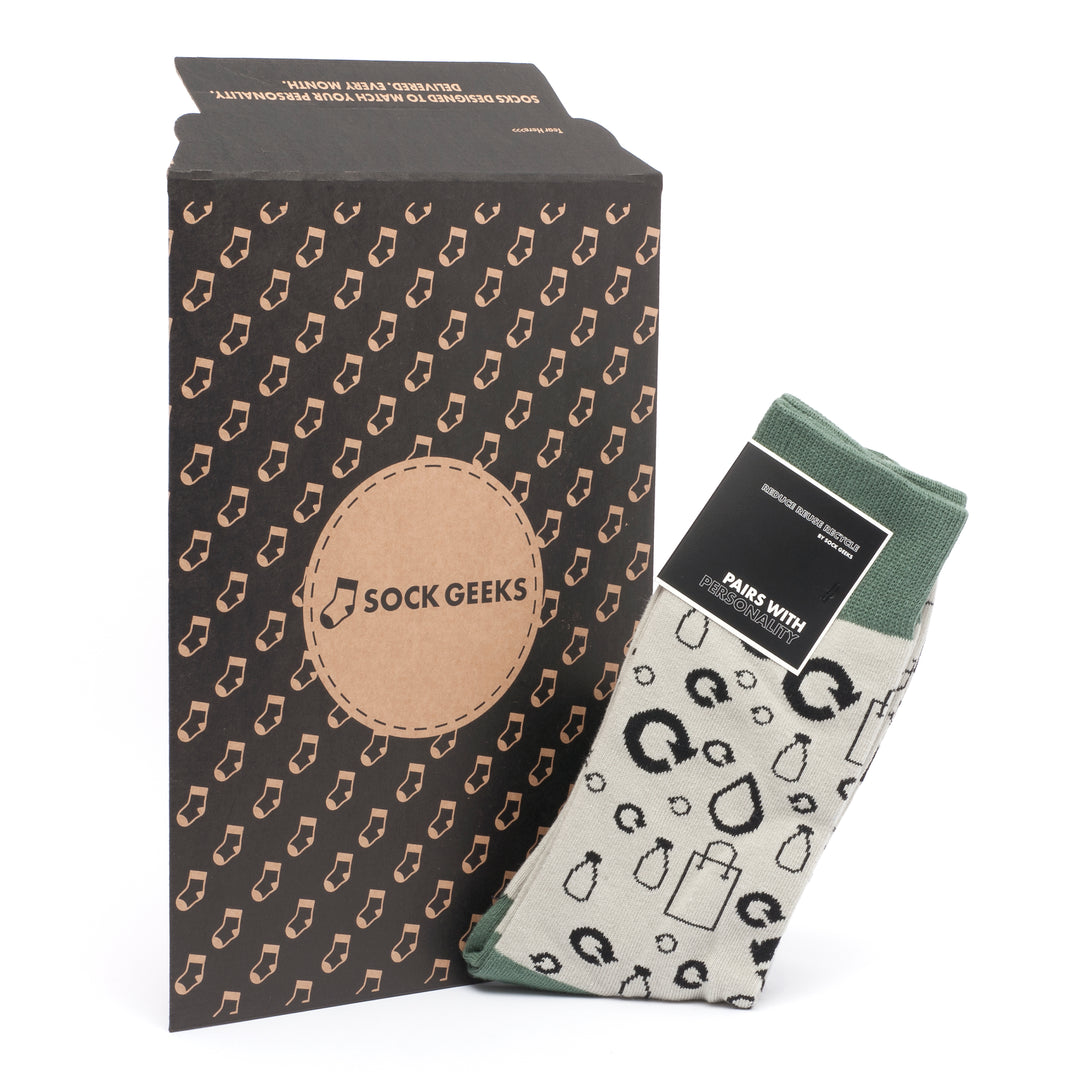



Leave a comment